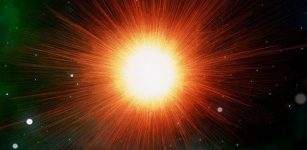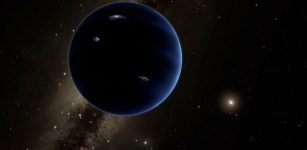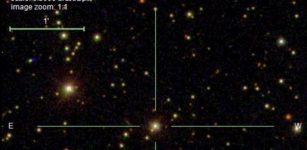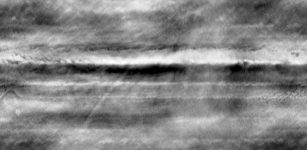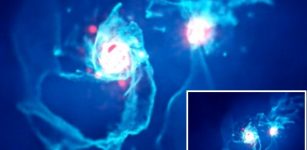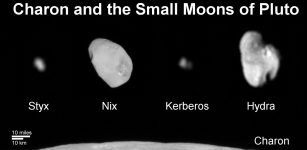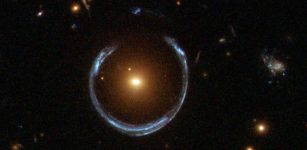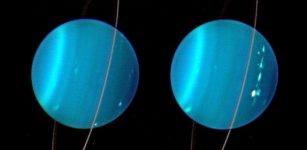Supernova Explosions Classified By AI With Unprecedented Accuracy
Eddie Gonzales Jr. – MessageToEagle.com –The astronomers developed a software program that classifies different types of supernovae based on their light curves, or how their brightness changes over time.
By training a machine learning model to categorize supernovae based on their visible characteristics, the astronomers were able to classify real data from the Pan-STARRS1 Medium Deep Survey for 2,315 supernovae with an accuracy rate of 82-percent without the use of spectra.
 Cassiopeia A, or Cas A, is a supernova remnant located 10,000 light years away in the constellation Cassiopeia, and is the remnant of a once massive star that died in a violent explosion roughly 340 years ago. This image layers infrared, visible, and X-ray data to reveal filamentary structures of dust and gas. Credit: NASA/JPL-Caltech/STScI/CXC/SAO
Cassiopeia A, or Cas A, is a supernova remnant located 10,000 light years away in the constellation Cassiopeia, and is the remnant of a once massive star that died in a violent explosion roughly 340 years ago. This image layers infrared, visible, and X-ray data to reveal filamentary structures of dust and gas. Credit: NASA/JPL-Caltech/STScI/CXC/SAO
“We have approximately 2,500 supernovae with light curves from the Pan-STARRS1 Medium Deep Survey, and of those, 500 supernovae with spectra that can be used for classification,” said Griffin Hosseinzadeh, a postdoctoral researcher at the Center for Astrophysics, Harvard & Smithsonian, and lead author of the paper.
“We trained the classifier using those 500 supernovae to classify the remaining supernovae where we were not able to observe the spectrum.”
Edo Berger, an astronomer at the CfA explained that by asking the artificial intelligence to answer specific questions, the results become increasingly more accurate.
“The machine learning looks for a correlation with the original 500 spectroscopic labels. We ask it to compare the supernovae in different categories: color, rate of evolution, or brightness. By feeding it real existing knowledge, it leads to the highest accuracy, between 80- and 90-percent.”
It is the first time that astronomers have had access to a real data set large enough to train an artificial intelligence-based supernovae classifier, making it possible to create machine learning algorithms without the use of simulations.
Now, the astronomers used real data to train our classifiers, it means the measured accuracy is probably more representative of how our classifiers will perform on other surveys will be able
“If you make a simulated light curve, it means you are making an assumption about what supernovae will look like, and your classifier will then learn those assumptions as well,” said Hosseinzadeh.
Because we used real data to train our classifiers, it means our measured accuracy is probably more representative of how our classifiers will perform on other surveys. “We will be able to study them both in retrospect and in real-time to pick out the most interesting events for detailed follow up. We will use the algorithm to help us pick out the needles and also to look at the haystack,” said Berger.
“When the Rubin Observatory goes online it will increase our discovery rate of supernovae by 100-fold, but our spectroscopic resources will not increase,” said Ashley Villar, a Simons Junior Fellow at Columbia University and lead author on the second of the two papers, adding that while roughly 10,000 supernovae are currently discovered each year, scientists only take spectra of about 10-percent of those objects.
“If this holds true, it means that only 0.1-percent of supernovae discovered by the Rubin Observatory each year will get a spectroscopic label. The remaining 99.9-percent of data will be unusable without methods like ours.”
The astronomers have now created easy-to-use, accessible software, and also released all of the data from Pan-STARRS1 Medium Deep Survey along with the new classifications for use in other projects.
Written by Eddie Gonzales Jr. – MessageToEagle.com Staff

